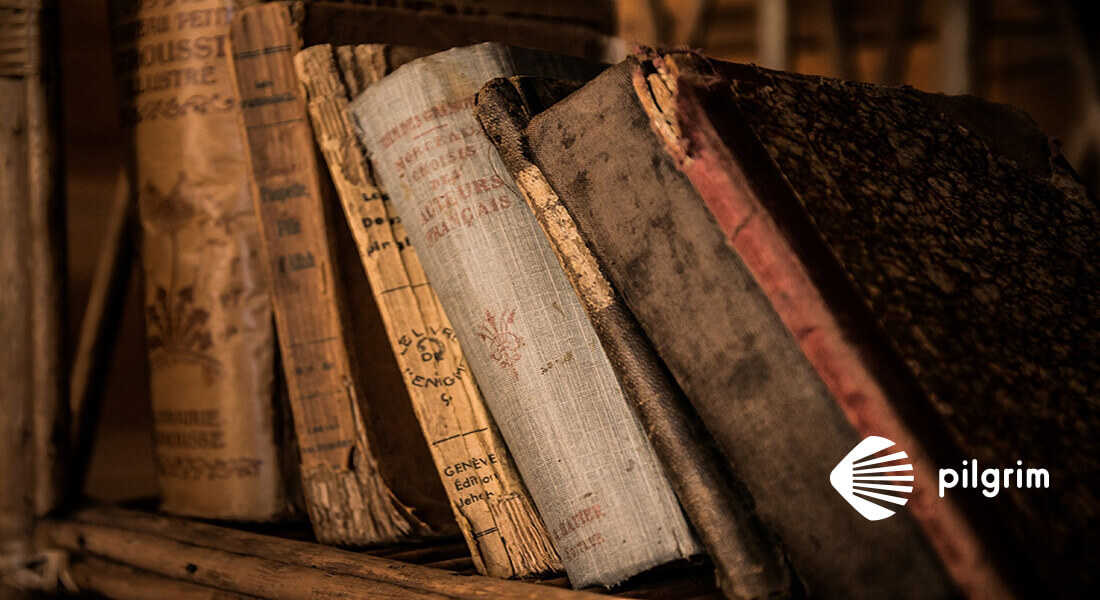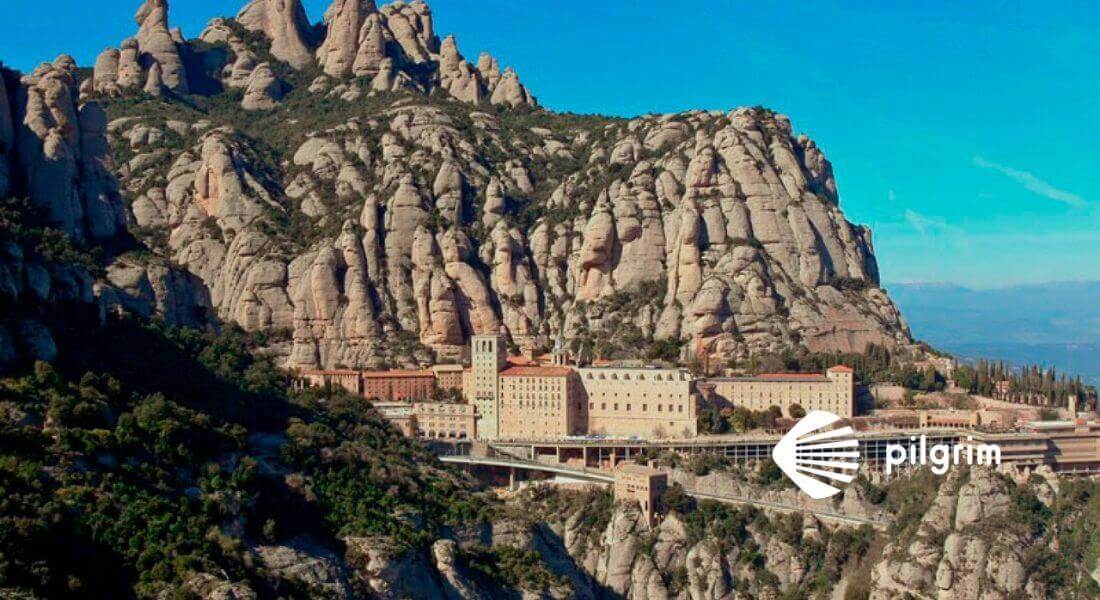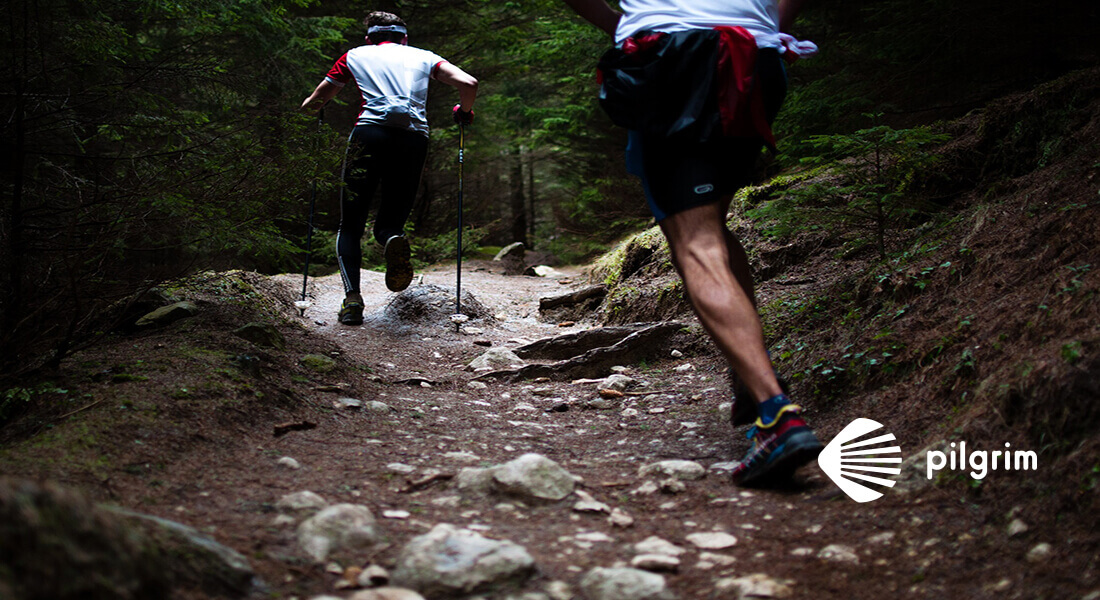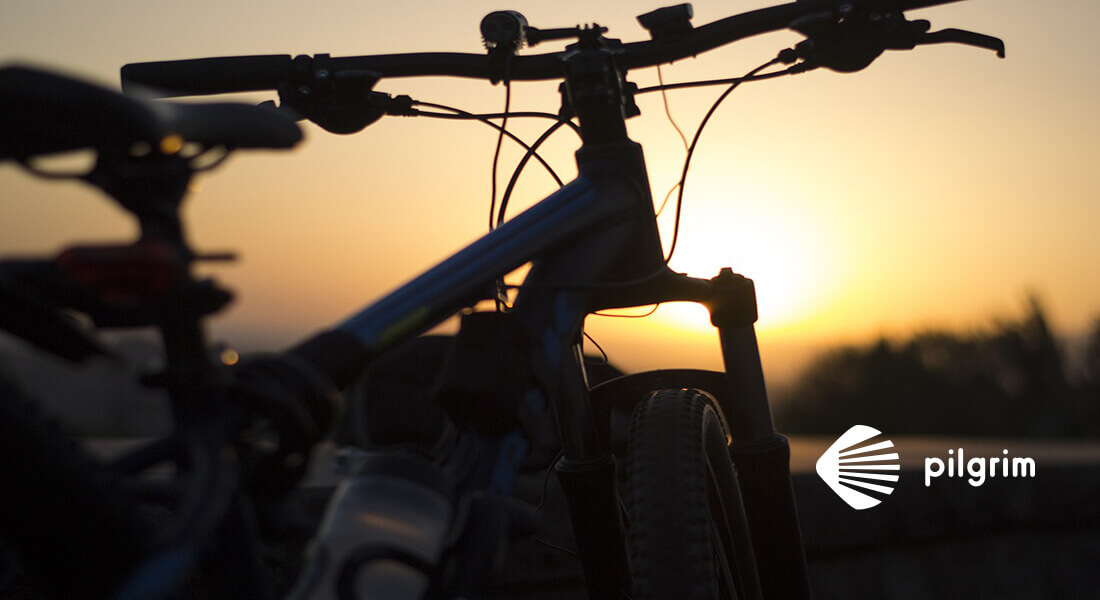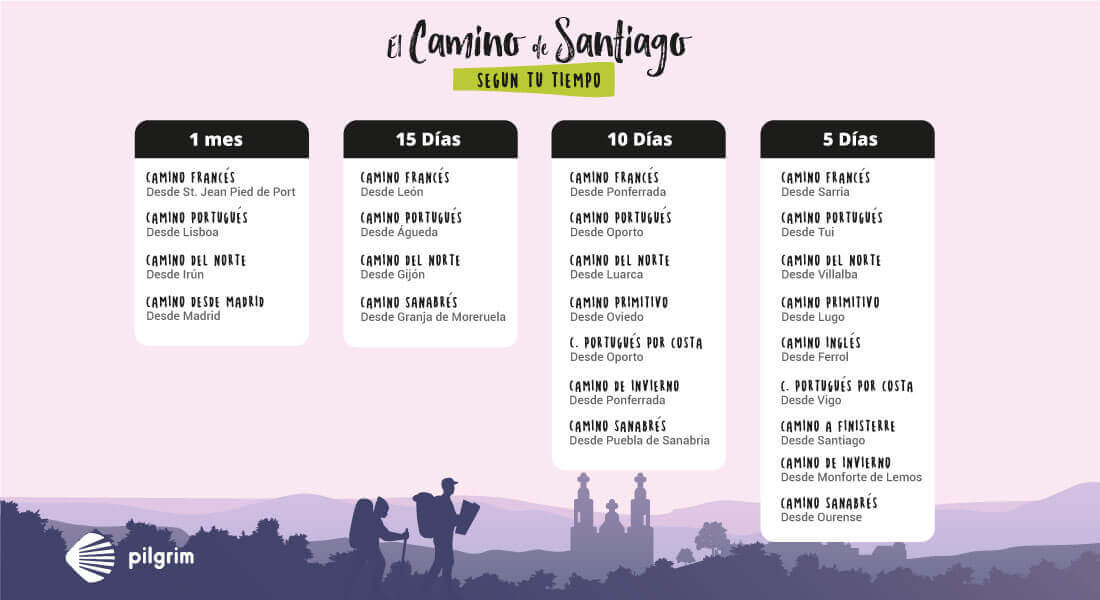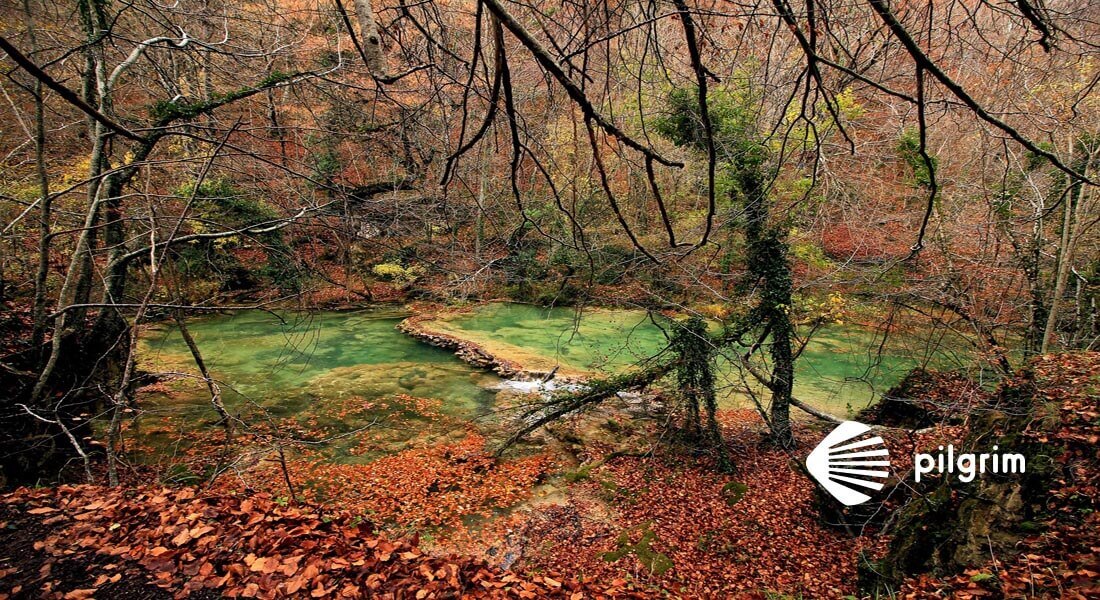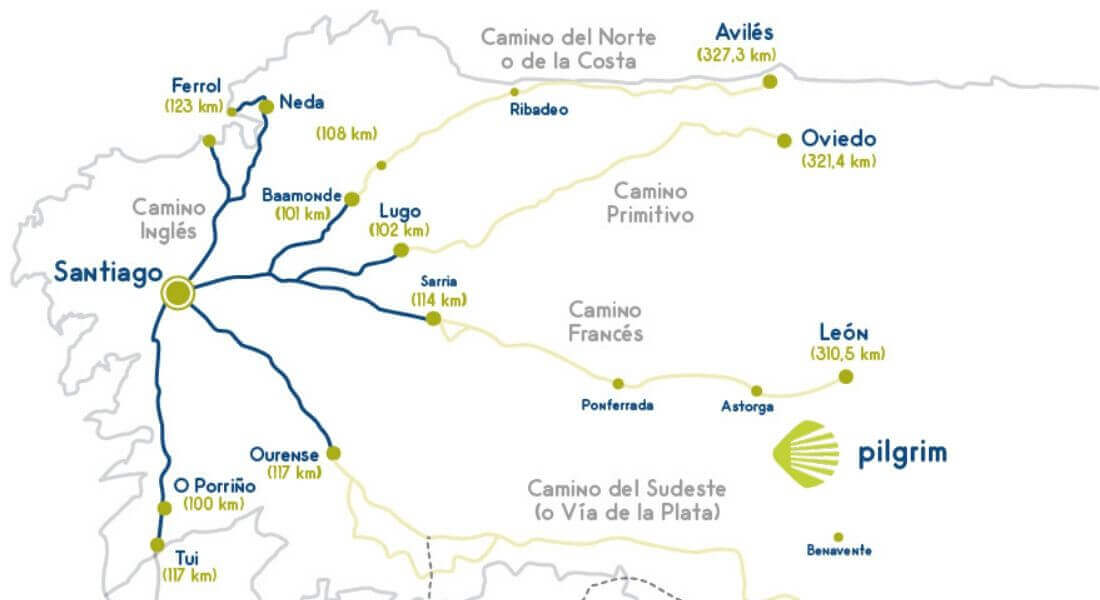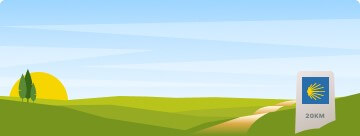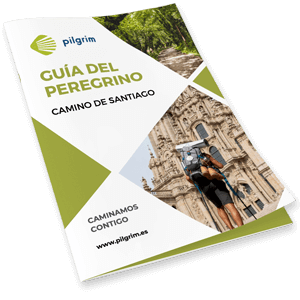What is a Botafumeiro used for? What is the origin of the yellow arrows?
What exactly is a scallop? How often is the Holy Year celebrated? If you
want to discover the basic concepts that every pilgrim should know, we
explain them below.
As we have already pointed out on numerous occasions, the Camino de
Santiago weaves an enormous network of routes throughout the Spanish
territory, and in all the autonomous communities there is a path that
connects with the pilgrimage route to Santiago de Compostela. This time,
it is time to talk about the Catalan Way.
On many occasions, one of the doubts that assault first-time pilgrims is
whether they will be able to withstand with guarantees this great
challenge of pilgrimage and if they need some physical preparation for the
Camino de Santiago.
If you have come this far at least something you have clear, the way to do
it, so we are going to give you all the information you need to know what
to bring to do the Camino de Santiago by bike.
